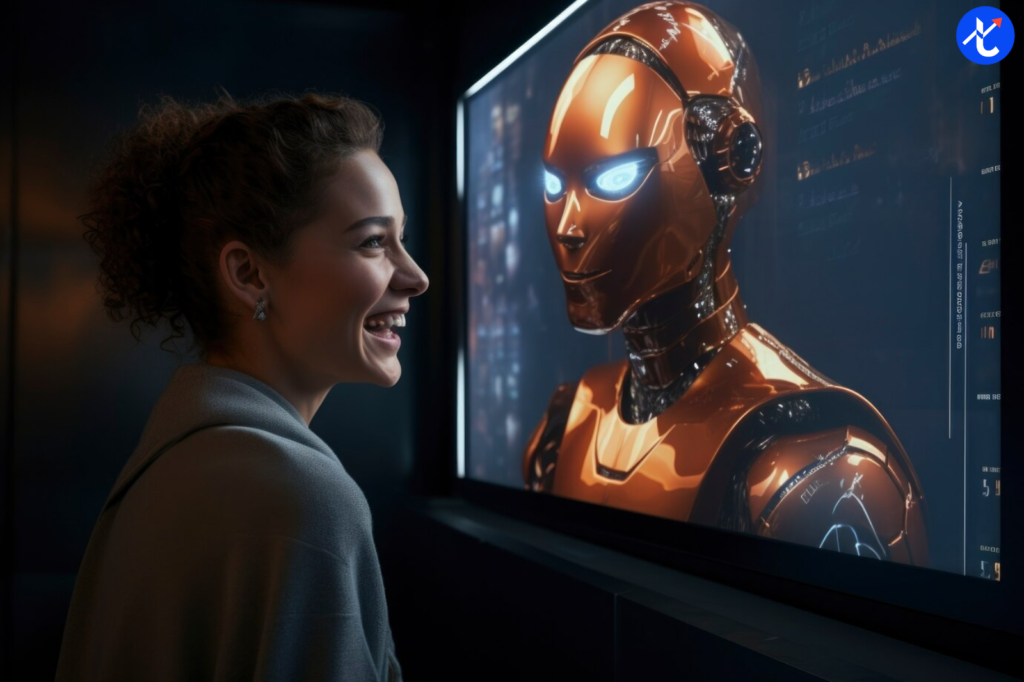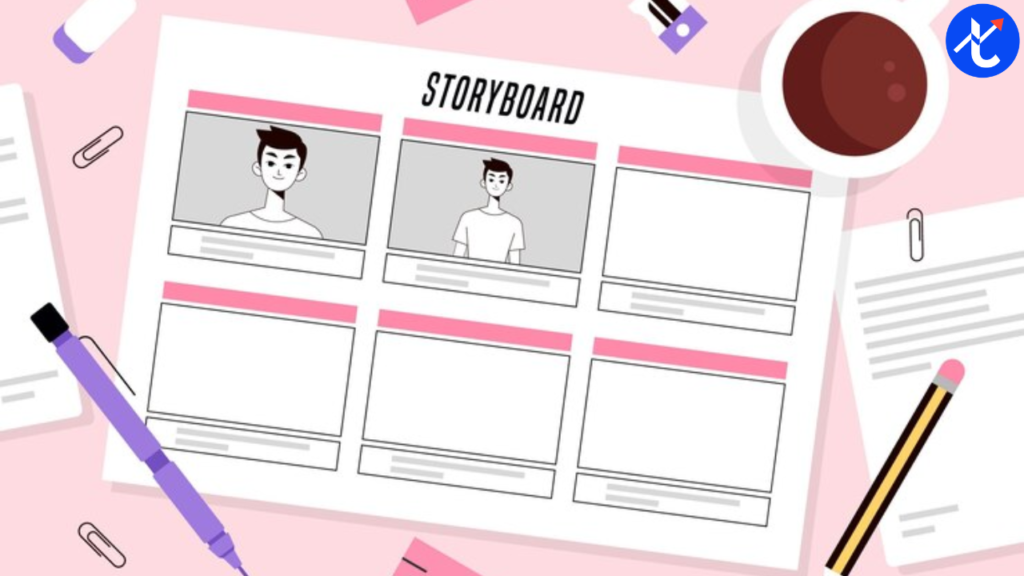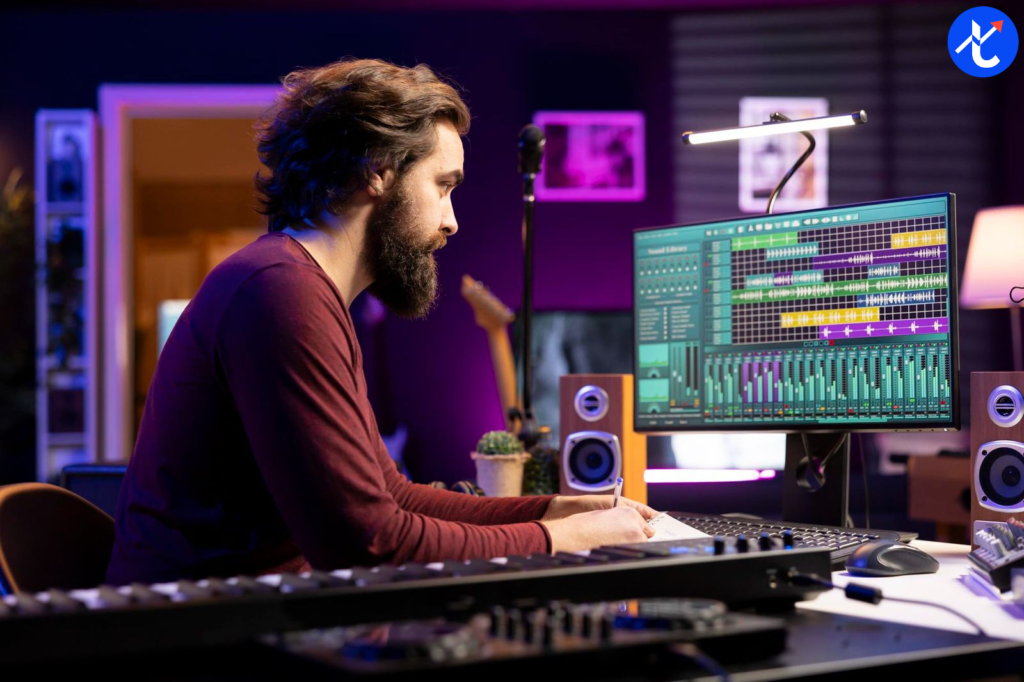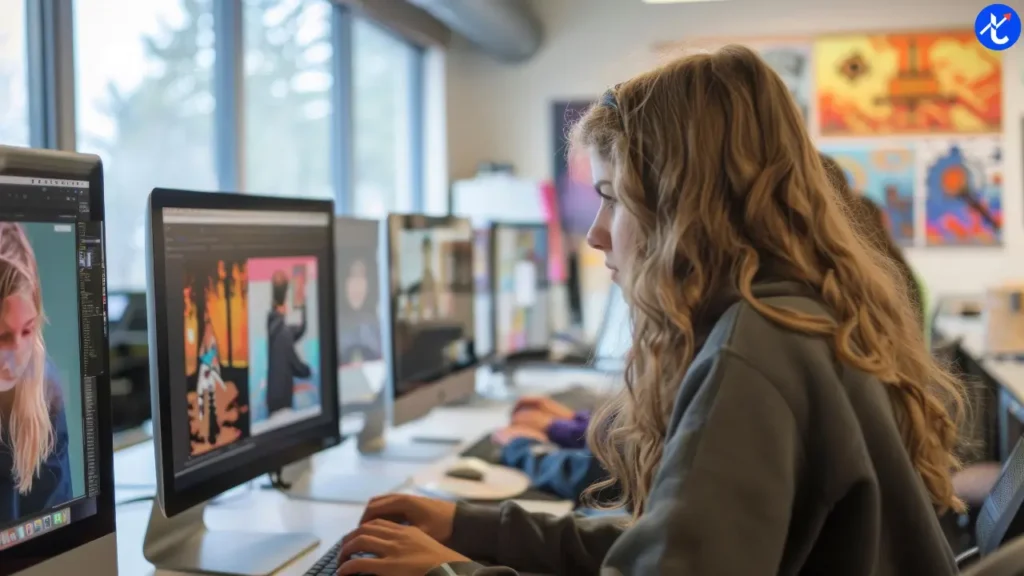The world is becoming more connected, and video content is now one of the most powerful ways to communicate. However, language remains a major barrier. People prefer to consume content in their native language, and businesses, educators, and content creators need a way to reach a global audience.
Traditionally, AI Video Translation involved hiring human translators, which is expensive, time-consuming, and difficult to scale. Now, with the rise of AI video translator technology, video language translation is faster, more affordable, and highly efficient.
From YouTubers translating their videos into multiple languages to businesses localizing their marketing content, AI is revolutionizing the way we translate video content.
This article explores how AI-powered video translation works, its benefits, and why it’s the future of global communication.
What is AI-Powered Video Translation?
AI-powered video translation refers to the use of artificial intelligence, machine learning, and natural language processing (NLP) to automatically translate video content from one language to another. Unlike manual translation, AI video translator tools can process entire videos in minutes, generating subtitles, captions, and voiceovers automatically.
Key Features of AI-Powered Video Translation
- Speech-to-Text Conversion: Converts spoken words into text.
- Real-Time Language Processing: AI translates the text into the target language.
- AI-Generated Voiceovers: Uses AI to create natural-sounding translations.
- Subtitle & Caption Generation: Automatically adds translated subtitles.
With AI video translator tools, businesses and creators can translate video content effortlessly, making it easier to communicate with a global audience.
How Does AI Video Translator Work?
AI-powered video translation involves a step-by-step automated process that eliminates the need for manual translation.
Step-by-Step Process of AI Video Language Translation:
- Audio Extraction:
- The AI tool analyzes the audio of the video and separates speech from background sounds.
- Advanced AI models recognize different speakers and distinguish voices for better accuracy.
- Speech-to-Text Transcription:
- The AI converts spoken words into text using speech recognition technology.
- It identifies pauses, punctuation, and tone, ensuring a natural transcription.
- Language Processing & Translation:
- AI translates the transcribed text into the target language using machine learning algorithms.
- Context-aware AI models ensure grammatically correct and contextually relevant translations.
- Text-to-Speech AI Dubbing (Optional):
- AI generates a voiceover in the translated language using AI-driven text-to-speech (TTS) technology.
- It adjusts tone, speed, and pronunciation to make the voice sound more natural.
- Subtitle & Caption Generation:
- AI creates automated subtitles and captions, perfectly synced with the original video.
- These subtitles improve accessibility, SEO, and engagement for global audiences.
- Final Processing & Exporting:
- The translated video is synced, formatted, and exported for different platforms.
- It is now ready to be published in multiple languages without human intervention.
Key Benefits of AI-Powered Video Translation
AI-powered video language translation offers game-changing benefits, making it the go-to solution for businesses, educators, and content creators.
Speed & Efficiency
- AI-powered video translation can process an entire video in minutes, compared to hours or days required by human translators.
- Ideal for businesses that need quick turnaround times for global content delivery.
Cost-Effective Alternative to Human Translation
- Traditional video translation services can cost thousands of dollars for multi-language support.
- AI video translator tools significantly reduce translation costs, making it affordable for small businesses and content creators.
Supports Multiple Languages Simultaneously
- AI video translator tools can translate videos into dozens of languages at once.
- Businesses can expand to international markets without hiring multiple translators.
Seamless AI Dubbing & Subtitle Generation
- AI tools automate subtitle creation, making videos accessible for international audiences.
- AI dubbing services generate natural voiceovers, eliminating the need for voice actors.
Improved Engagement & Global Reach
- Studies show that localized video content performs 3X better than non-translated content.
- AI video translation increases viewer engagement, retention, and global impact.
AI Video Translator vs. Traditional Video Translation
| Feature | AI Video Translator | Traditional Video Translation |
| Speed | Translates videos in minutes | Takes hours/days |
| Cost | Affordable | Expensive |
| Accuracy | High (Improving with AI updates) | Human-dependent |
| Multi-Language Support | Can translate multiple languages at once | One language at a time |
| Subtitle Generation | Automated subtitles | Manual process |
| AI Dubbing | Yes, with natural voice synthesis | Requires human voice actors |
AI-powered video translation is clearly the more efficient and cost-effective solution for global content distribution.
Best AI Video Translator Tools in 2025
Some of the best AI video translator tools include:
- DeepL Video Translator – Known for highly accurate AI-powered translations.
- Google Translate for Videos – Supports multiple languages with real-time translation.
- Sonix AI – Provides automatic subtitles and multi-language video dubbing.
- Veed.io – Great for AI-powered video editing and translation.
- Kapwing – User-friendly video translation tool with auto subtitles.
Each tool offers different features, making AI video translation accessible for businesses and individuals.
Future of AI Video Translator Technology
The future of video language translation looks promising, with AI advancements bringing:
- Real-time AI translation for live videos.
- Better voice cloning for natural dubbing.
- AI-powered automatic lip-syncing for translated videos.
These improvements will enhance global communication, making AI-powered video translation even more seamless.
Conclusion – Why AI Video Translation is the Future
The world is becoming more interconnected, and video content is at the forefront of digital communication. However, language barriers remain a significant challenge, limiting how far content can reach. AI-powered video translation has emerged as the ultimate solution, offering a fast, cost-effective, and scalable method to translate video content into multiple languages.
Businesses, educators, influencers, and media companies can now expand their reach globally without the limitations of traditional translation methods. AI video translators are not only reducing the cost of translation but also making the process more efficient by offering instant subtitles, AI dubbing, and real-time speech translation.
Why AI Video Translation is Essential for the Future
- Global Content Accessibility: AI enables businesses and content creators to reach new markets by making their videos available in multiple languages.
- Improved Viewer Experience: AI-generated subtitles and voiceovers provide a seamless viewing experience, increasing engagement and audience retention.
- Efficiency & Cost Savings: Unlike manual translation, AI-powered solutions can translate video in minutes, eliminating the need for costly human translators.
- Scalability & Multi-Language Support: Businesses can translate video content into multiple languages simultaneously, making it ideal for global expansion.
- Evolving AI Capabilities: AI models are constantly improving, meaning future video translation tools will offer even better accuracy, natural-sounding voiceovers, and real-time translation features.
As AI technology continues to advance rapidly, the integration of AI video translator tools will become an industry standard across education, entertainment, marketing, and business sectors. AI-powered video language translation is no longer just an option—it’s a necessity for anyone looking to maximize the impact of their video content in a globalized world. By adopting AI video translation, businesses and creators can stay ahead of the competition, ensure content accessibility, and tap into new revenue streams by reaching a wider audience.





